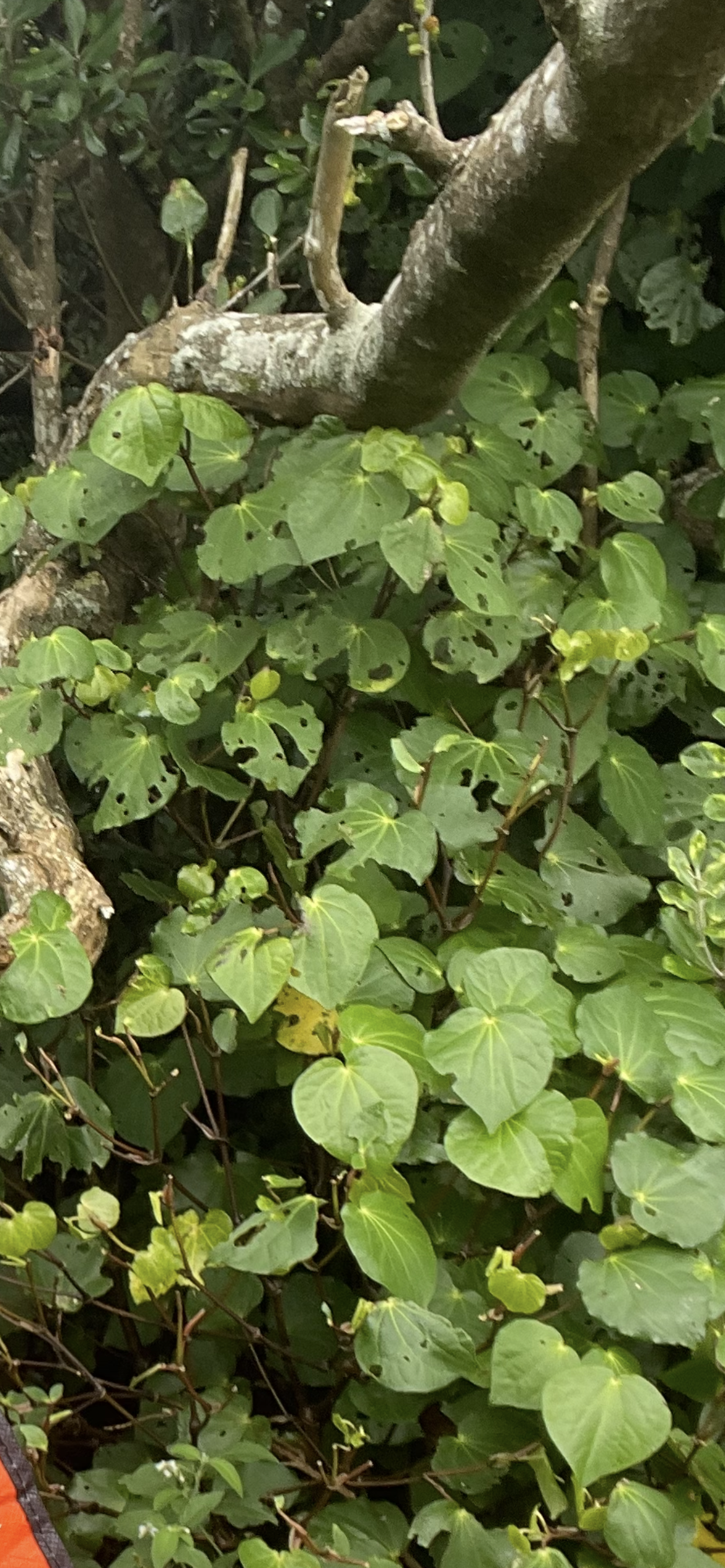The Research
Kawakawa is a plant endemic to Aotearoa. It has incredible medicinal properties that have been used for generations by our ancestors to treat a diverse range of conditions. It contains a bioactive molecule called myristicin, an antibacterial and antifungal which assists with treating inflammation, infections, skin irritations, minor cuts, eczema and rheumatics to name a few. When the looper caterpillar eats the leaf of Kawakawa, it triggers the myristicin compound as a defence mechanism, increasing the potency of the plant. This is why we choose the leaves with the holes for making balms.
-Dr Sally Rye
Bokashi ‘Rongo’ Research
Bokashi composting is a practical and accessible alternative for those who have struggled with traditional composting methods. Unlike aerobic composting, which can be complex and labour-intensive, Bokashi uses anaerobic fermentation (without oxygen) with a specially selected mix of microorganisms—primarily lactic acid bacteria, yeasts, and phototrophic bacteria—to break down all types of food waste, including meat, dairy, and cooked leftovers (Higa & Parr, 1994). This process occurs in a sealed container, preventing foul odours, deterring pests, and producing minimal greenhouse gases (Zhang et al., 2020).
Unlike traditional composting, which often results in nutrient loss through leaching and volatilisation, Bokashi retains nutrients in the pre-compost, enriching the soil when buried (Lim et al., 2017). There is no need to balance carbon-to-nitrogen ratios (greens and browns), turn the pile, or worry about weather conditions. Studies have shown Bokashi-treated soils can enhance microbial diversity, suppress pathogens, and improve soil fertility (Sun et al., 2016), making it a fast, low-maintenance, and scalable solution for food waste recycling.



